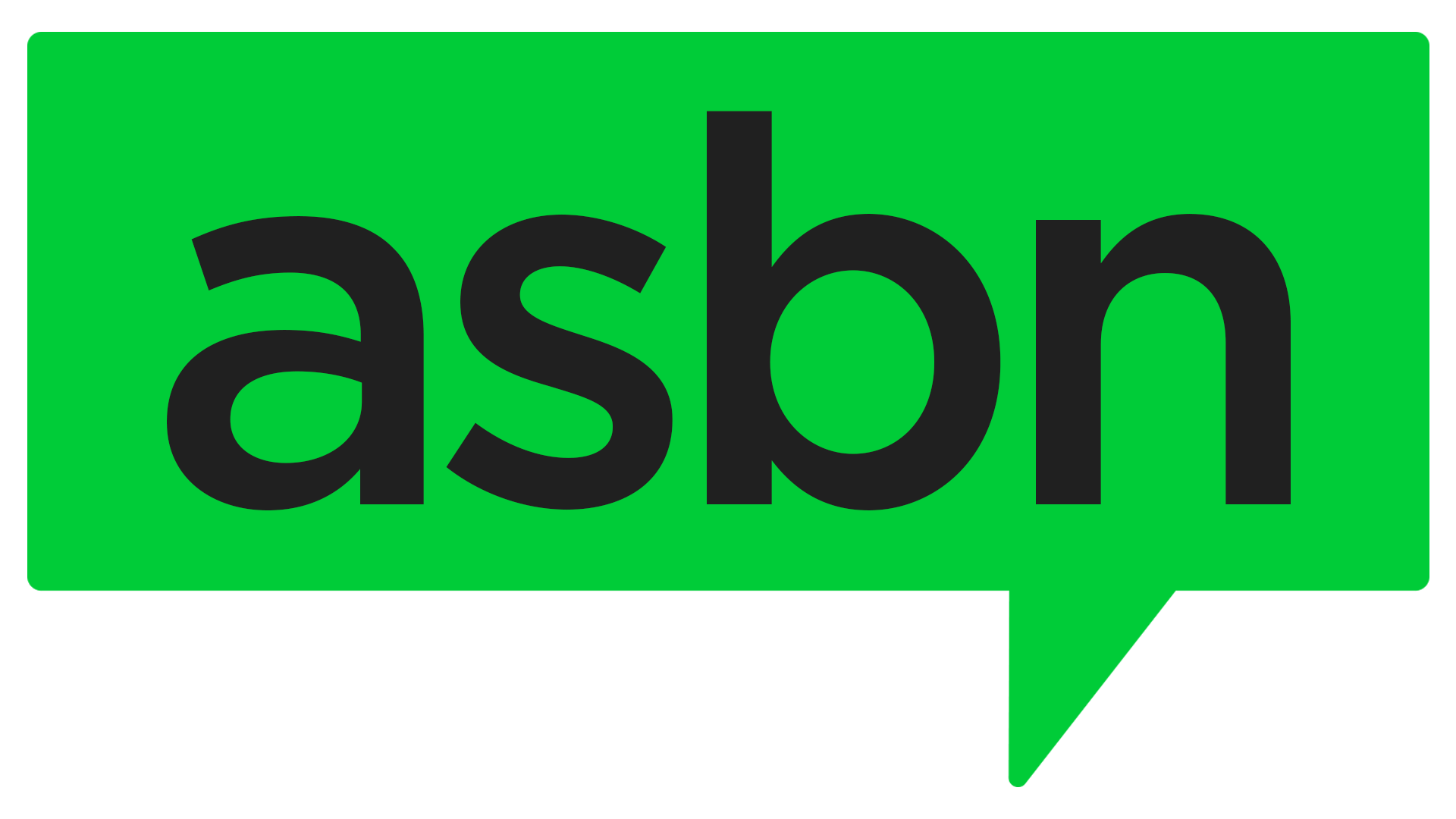Too often, businesses chase new leads while leaving untapped revenue sitting in their existing customer base. In today’s episode of The Small Business Show, Alex Goldfayn, sales coach, keynote speaker, CEO of The Revenue Growth Consultancy, Founder of Outgrow LLC, and Wall Street Journal best-selling author, shares how business leaders can dramatically grow sales through simple, proactive outreach.
In a time when many businesses rely heavily on foot traffic and digital leads, Goldfayn urges sales professionals to start by selling more to the customers they already have. As he explains, most customers are buying products or services elsewhere that they could easily be buying from you. The issue is that they don’t think of you for those needs, often because you never asked.
He underscores this with a key concept from his latest book, Outgrow: How to Expand Market Share and Outsell Your Competition, called the “Did You Know?” question. For example, asking a customer if they’d like to add a high-margin item such as a $5 bottle of water to a $3 coffee purchase can double revenue with minimal effort. He encourages business owners to identify their equivalent of the bottle of water — an easy, adjacent upsell that could boost revenue and improve customer experience.
"You've done 99% of the work with a proposal — the last 1% gets you 100% of the money."
A major theme in Goldfayn’s philosophy is the transition from reactive to proactive selling. He explains that most salespeople only respond when there’s a problem or a customer reaches out with a need. But by proactively reaching out, especially to former buyers, lapsed customers, or prospects who didn’t close, businesses can unlock massive value. He notes that just three proactive calls or texts per day, especially when followed by a text message, can lead to a 66% response rate, versus just 22% for voicemails alone.
Importantly, he stresses that these aren’t cold calls. The goal is to reconnect with people who already know the business: former buyers, prospects who went quiet, or customers whose spending has dropped off.
The main barrier to this kind of outreach is fear, particularly fear of rejection. Ironically, he says, this fear comes from caring too much about being a nuisance. Yet when salespeople avoid following up, customers often interpret that as indifference. He urges professionals to push through the discomfort, noting that 99% of the work happens before the follow-up, and it’s the final 1% that drives 100% of the revenue.
Sales, Goldfayn concludes, is like baseball. Even Hall of Fame players fail more than they succeed, but they keep swinging. The same mindset applies to selling: do the right things, even when they don’t immediately work, and the averages will play out over time.



 ASBN, from startup to success, we are your go-to resource for small business news, expert advice, information, and event coverage.
ASBN, from startup to success, we are your go-to resource for small business news, expert advice, information, and event coverage.